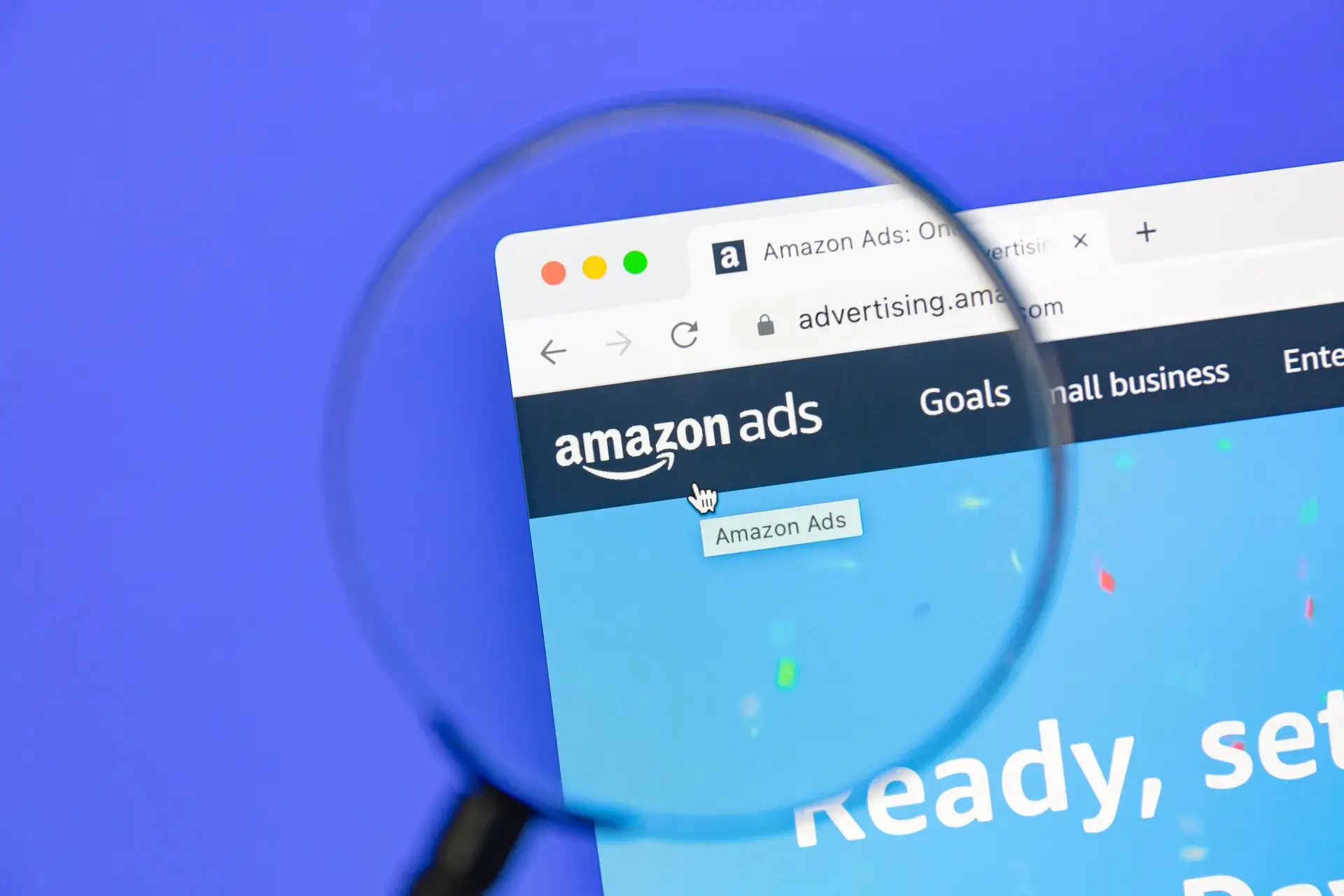In today's digital landscape, having a robust content marketing strategy is vital for businesses looking to engage their audience, drive traffic, and boost conversions. This guide will walk you through the essential steps to develop a successful digital content marketing strategy that aligns with your business goals and resonates with your target audience.
Understanding Digital Content Marketing
Digital content marketing involves creating and distributing valuable, relevant content to attract and engage your target audience. The ultimate goal is to foster brand loyalty and encourage profitable customer action. Some forms of content include blogs, videos, infographics, podcasts, and social media posts.
Step 1: Define Your Goals
Start by outlining clear, measurable goals for your content marketing efforts. Consider what you want to achieve:
- Increase Website Traffic: Drive more visitors to your site through organic search or referrals.
- Engage Your Audience: Foster discussions and interactions with your content.
- Generate Leads: Capture potential customers' information for follow-up.
- Boost Brand Awareness: Establish your brand as an authority in your niche.
Step 2: Understand Your Target Audience
Develop buyer personas to represent your ideal customers. This involves researching their demographics, preferences, pain points, and online behavior. Tools like surveys, web analytics, and social media insights can help gather this information. Understanding your audience will guide your content creation and distribution strategies.
Step 3: Conduct a Content Audit
Assess your existing content to identify what has performed well and what hasn't. Look for gaps in your content that could address your audience's needs. A content audit will help you understand which topics resonate with your audience and inform your future content creation.
Step 4: Develop a Content Plan
Map out a content calendar outlining what topics you intend to cover, the types of content you'll create, and when they'll be published. Consider diverse formats such as blog posts, videos, infographics, and social media content to keep your audience engaged. Be sure to align your content with current trends and seasonal opportunities.
Step 5: Create High-Quality Content
Your content should provide value, be well-researched, and be optimized for search engines. Here are some tips for creating quality content:
- Focus on the Audience: Ensure your content addresses your audience’s needs and interests.
- Use SEO Best Practices: Optimize your content for search engines with relevant keywords.
- Incorporate Visuals: Use images, infographics, and videos to enhance engagement and understanding.
Step 6: Promote Your Content
Creating content is only half the battle; you also need to promote it effectively. Utilize various channels such as:
- Social Media: Share your content on platforms where your audience spends their time.
- Email Marketing: Distribute content to subscribers and nurture leads through targeted emails.
- Online Communities: Engage with relevant forums and groups to share your expertise.
Step 7: Measure and Optimize
After your content has been published and promoted, monitor its performance using analytics tools. Track metrics such as traffic, engagement, lead generation, and conversion rates. Use this data to refine your strategies and improve future content marketing efforts.
Conclusion
A well-structured digital content marketing strategy can significantly impact your brand’s growth and effectiveness in reaching potential customers. By defining your objectives, understanding your audience, and consistently producing and promoting high-quality content, you position your brand for long-term success. At Prebo Digital, we can help you craft a tailored content marketing strategy that delivers results. Contact us for a consultation today!







